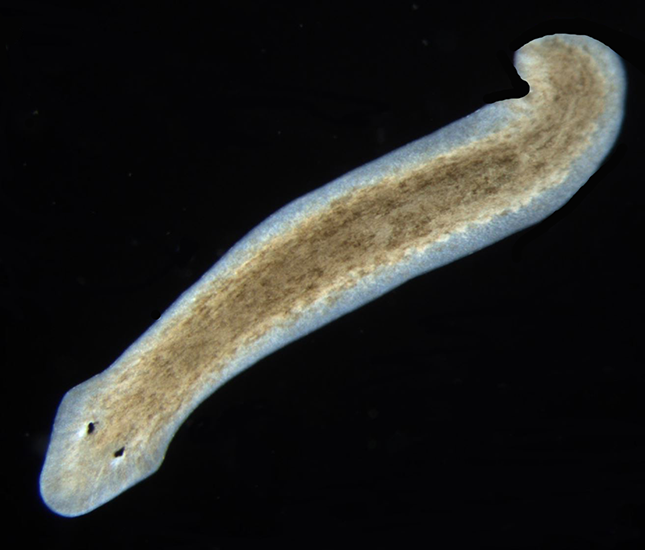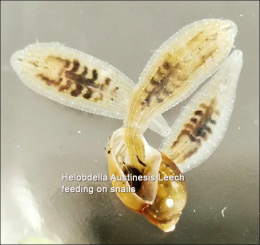Description
Planaria Flatworms are intriguing creatures that typically measure around 5-15 millimeters in length. These slow-moving, thin animals inhabit various aquatic environments, often found on the undersides of rocks and debris. They thrive in different flow conditions, showcasing their adaptability to various habitats.
As omnivores, flatworms exhibit a diverse diet that includes both predation and scavenging. They feed on small organisms and organic matter, playing an essential role in their ecosystems by contributing to the breakdown of detritus and recycling nutrients. Their feeding habits reflect their versatility and ecological importance.
One of the remarkable features of flatworms is their unique mode of movement. They glide over surfaces using tiny, microscopic cilia that cover their bodies. By secreting a layer of mucus, they create a slippery path that facilitates this gliding motion. This method of locomotion allows them to navigate through their environments effectively.
Flatworms possess a body plan characterized by bilateral symmetry, which means their bodies can be divided into mirror-image halves. This symmetry is a fundamental trait of many animal groups and contributes to their streamlined shape. Internally, they have a reproductive system that enables them to reproduce both sexually and asexually. Their digestive system consists of a branching blind gut, which allows for the efficient distribution of nutrients throughout their bodies. Additionally, they have an excretory system to remove waste products, and their nervous system is relatively simple, featuring an enlarged ‘brain’ located at the front end.
One of the most fascinating aspects of flatworms, particularly planarians, is their incredible regenerative abilities. When cut in half, both halves can regenerate into complete individuals. This remarkable capability has made them a subject of extensive scientific research, shedding light on the processes of regeneration and tissue development.
Flatworms are also known for their behavioral traits. They tend to avoid strong light and are primarily nocturnal, displaying increased activity during the night. This preference for low-light conditions helps them evade predators and find food more efficiently.
Moreover, flatworms are considered some of the simplest animals capable of learning through conditioning. Experiments have shown that they can adapt their behavior based on previous experiences, which is a significant milestone in understanding animal cognition. This ability highlights their complexity and the evolutionary significance of learning in the animal kingdom.
Planaria flatworms are not just simple organisms; they are remarkable creatures with a variety of adaptations that enable them to thrive in diverse environments. Their regenerative abilities, dietary habits, and unique movement techniques provide valuable insights into evolutionary biology and the complexity of life at the simplest levels.
For those interested in observing these fascinating creatures, a culture jar containing 5 planarians offers a glimpse into their unique biology and behavior. Keeping flatworms in a controlled environment allows for further exploration of their regenerative capabilities and learning processes, making them excellent subjects for educational purposes.







Reviews
There are no reviews yet.